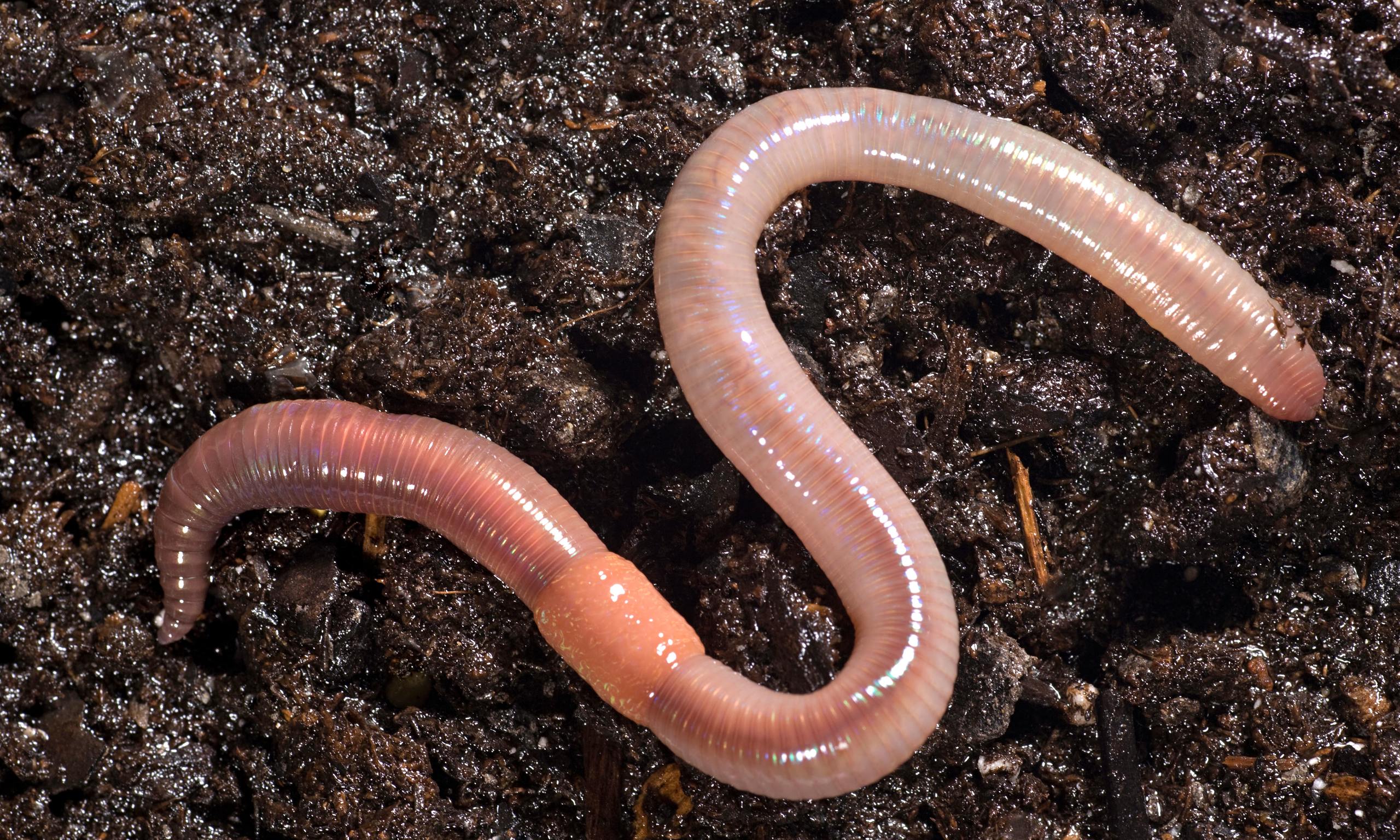Not known Incorrect Statements About North Carolina Worms
Table of ContentsThe Best Guide To North Carolina WormsThe Of North Carolina WormsThe Only Guide for North Carolina WormsThe Best Strategy To Use For North Carolina WormsSome Known Facts About North Carolina Worms.
Example: 1-gallon of worm spreadings to 4 gallons of potting mix. 1/2 cup in the base of the growing hole for smaller sized plants. 1 mug for larger plants.We discover that worm castings are not truly required for seed starting., advertises far better germination rates and plant wellness.
The addition of tea can additionally add raised microbial biomass to your soil. Pet Feed. You can always side-dress your plants with worm castings at any time. Simply keep in mind, the microorganisms will certainly die if exposed to UV rays (Sun), so be sure to cover the spreadings with an inch approximately of dirt

This frustrated them for several years up until the testing approaches progressed. They found that plant growth and wellness displayed a Normal curve. It would certainly obtain better(with even more spreadings), level off, and after that decline. They were dumbfounded. They finally uncovered that excess plant-growth hormones were the culprit. A lot of worm castings would increase the growth to a rate that the plant might not recover from.
North Carolina Worms Fundamentals Explained
Lots of herbicides deal with this same principle. So, 20% by quantity appears to be the "Sweet Place". I have stated the virtues of worm spreadings for concerning 2000 words. What concerning the opposite of the coin? Nothing is ideal. Worm castings are no various. It requires time to develop quality worm castings.
Worm spreadings certainly cost more than chemical fertilizers. Worm castings are on the more affordable end of natural fertilizers. (50 gallons per year) It is a much harder and very expensive investment to produce large quantities of worm spreadings.
I would place worm spreadings up against any kind of fertilizer (chemical or organic) for plant health and yield. We have actually spoken regarding the numerous benefits of worm castings.
Creating a healthy and balanced dirt may be the biggest advantage of worm spreadings. We went over worm spreadings NPK and likewise the correct nutrient analysis that need to use to worm spreadings.
The Basic Principles Of North Carolina Worms
We chatted concerning some of the negative aspects linked with worm castings. I covered a lot of product in this short article. There are a great deal of web links (internal and outside). If you would certainly such as more information on a particular subject, please click with the links to learn extra. As constantly, do not hesitate to comment or ask questions.
(https://www.pearltrees.com/nrthc4ro1nwr#item689692746)The vertical burrows are usually open, although the worms cap the leading with deposit and waste matter. Roots require oxygen for their development, whereas they produce carbon dioxide that requires to leave the dirt.

Little Known Questions About North Carolina Worms.
In another research study, earthworms were approximated to eat 4 to 10 percent of the top 6 inches of the soil each year. Soil compaction decreases the porosity of the dirt.
Typical earthworm populations can quickly eat 2 tons of dry matter per acre annually, partially absorbing and check over here mixing it with soil. The importance of earthworms to mix surface area residue with dirt becomes really clear in soils that do not have any earthworms. Many of our Pennsylvania soils contend the very least some earthworms, and the impact of their complete lack, therefore, can not be kept in mind.
In these soils, the development of topsoil with practical natural matter material did not take place, leading to poor crop growth. As soon as the cause was developed, the government of the Netherlands began a project to introduce earthworms. After the intro of the earthworms, a dark topsoil layer was formed, and crop development increased substantially.
North Carolina Worms - Questions
They live mainly from partially disintegrated organic matter that is already integrated in the dirt. These species ingest big quantities of soil that they mix with absorbed plant deposit in their digestive tracts.
Their burrows remain open, although they top the top with plant residue that they pull to the entryway. These types consume considerable quantities of soil that they blend with absorbed residue in their intestines. Their waste matter is mainly deposited at the surface area of the dirt. The nightcrawler Lumbricus terrestris is one of the most noticeable participant of this team.